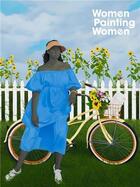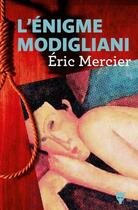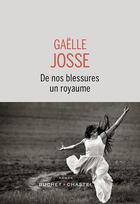-
Date de parution : 01/03/2022
-
Editeur :
Dap Artbook
-
EAN : 9783948318130
-
Série :
(-)
-
Support :
Papier
Résumé:
Ringgold's most formative and influential political works are gathered in this beautifully designed clothbound volume.
Alongside reproductions of key works made between 1967 and 1981, Faith Ringgold: Politics / Power provides an overview of Ringgold's seminal artistic and activist work, and... Voir plus
Ringgold's most formative and influential political works are gathered in this beautifully designed clothbound volume.
Alongside reproductions of key works made between 1967 and 1981, Faith Ringgold: Politics / Power provides an overview of Ringgold's seminal artistic and activist work, and its historical context during these years, including accounts by the artist herself.
During the 1960s and 1970s, Ringgold, a dedicated and impassioned civil rights advocate, established her voice as a feminist and within the Black Arts Movement. Her influential work expressed her in-depth knowledge of art history and contemporary art, as well as her activism. Spanning mediums such as painting, cut paper works, posters, collage and textile art, the works presented in this publication foreground the artist's explicitly political pieces, for which she deployed new material and formal processes, and developed a radical aesthetics and vocabulary.
Organized chronologically, the book allows readers to retrace the artist's foundational creative approaches to contemporaneous social, political and artistic questions. It includes illustrations of individual artworks together with previously unpublished work and archival materials.
Faith Ringgold (born 1930) is a painter, mixed-media sculptor, performance artist, teacher and writer best known for her narrative quilts. In 2020, the New York Times described her as an artist "who has confronted race relations in this country from every angle, led protests to diversify museums decades ago, and even went to jail for an exhibition she organized." Her work is in the collections of the Museum of Modern Art, New York, the Brooklyn Museum and the Baltimore Museum of Art, among others. Ringgold lives and works in Englewood, New Jersey.
Donner votre avis















